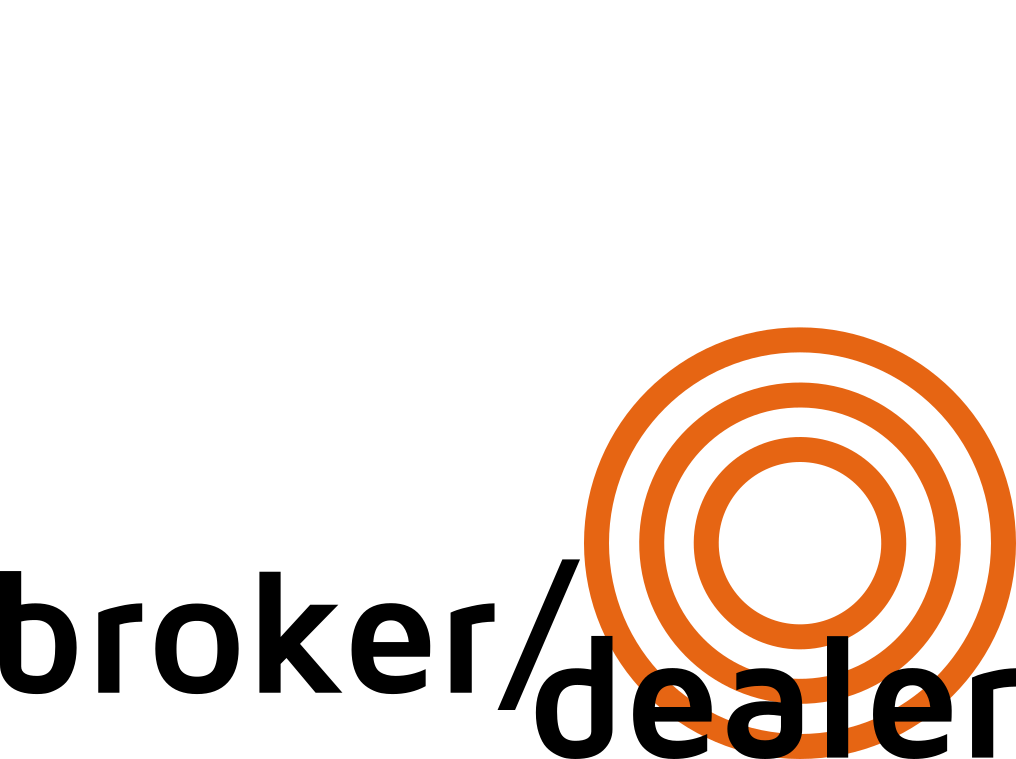The rise of fixed income trading venues.
/You've probably seen the most recent news about GlobalCurve. GlobalCurve is the latest attempt by major investment banks to play a more significant role the fixed income trading industry. Translated: It's their way of securing a market that they dominate and control by expanding their reach into listed derivatives. They already control fixed income trading (gov. bonds, corporates, etc.) as well as the OTC derivatives market.
Organizing trading in listed derivatives has always been the privilege of exchanges. Obviously the investment banks have a large stake but the influence of other financial players (e.g. HFT) is growing. In the case of GlobalCurve the investment banks have teamed up with CBOE to break certain monopolies in Europe. First target is Eurex.
Although I do encourage competition, I'm prudent when it comes to estimating the possibilities of success of such a new exchange. Why? Because there are so many new exchanges. The author this blog attempts to keep track of the fixed income trading venues popping up around the world. At the time of writing this article there were 92....
So why are all these exchange surfacing? I guess that MIFID II is the first reason. To understand this we need to look back at what happened during the MIFID I period. Equity trading in Europe was no longer the privilege of the well-established monopolistic exchanges. LSE, Euronext, Deutsche Boerse, etc all faced increasing competition from MTFs like CHI-X and BATS. On top of it exchanges were also joining the competition by establishing their own MTF in an effort to capture flow from other exchanges. What remains today of all these MTFs? Almost nothing... BATS CHI-X Europe is the only significant MTF remaining and it has now joined the ranks of the exchanges it was competing against a few years ago. (TOM MTF in the Netherlands is also successful. However, so far they have failed to gain significant tracking outside of the Netherlands.)
The big gain from MIFID I for me is that on exchange trading has become cheaper and better. Exchanges treat members as real clients, trading fees are more in line with the actual effort and cost it takes to facilitate trading, transparency has increased, the IT-environment is more reliable and so on. The downside is that the chaotic start of MIFID I came at great costs.
With MIFID II now almost ready, there is a good chance that we will see history repeat itself, only now in other asset classes. Fixed Income seems to be the prime focus as there is a lot of room for improvement.
My advice: be smart about the venues you connect to. Look at where the real flow is and what venues can do to attract flow. In the mean time you will need to explain to clients and stakeholders how you are securing their interest. My guess is that they will understand.
PS 1: Let's look at the data: According to Greenwich, the top 5 dealers in 2014 in Europe were Barclays (11. 9%), Deutsche Bank (9,7%), J.P. Morgan (8.9%), Citi (8,6%) and HSBC (7.1%). GlobalCurve is backed by: Goldman Sachs, Citi, JPMorgan, Bank of America Merrill Lynch, Barclays, Société Générale and CBOE Holdings. The two lists have clear similarities.
PS 2: The reason why BATS CHI-X Europe was successful was, in my view, the mix of stakeholders. This is exactly the reason why a lot of new initiatives will not work.


